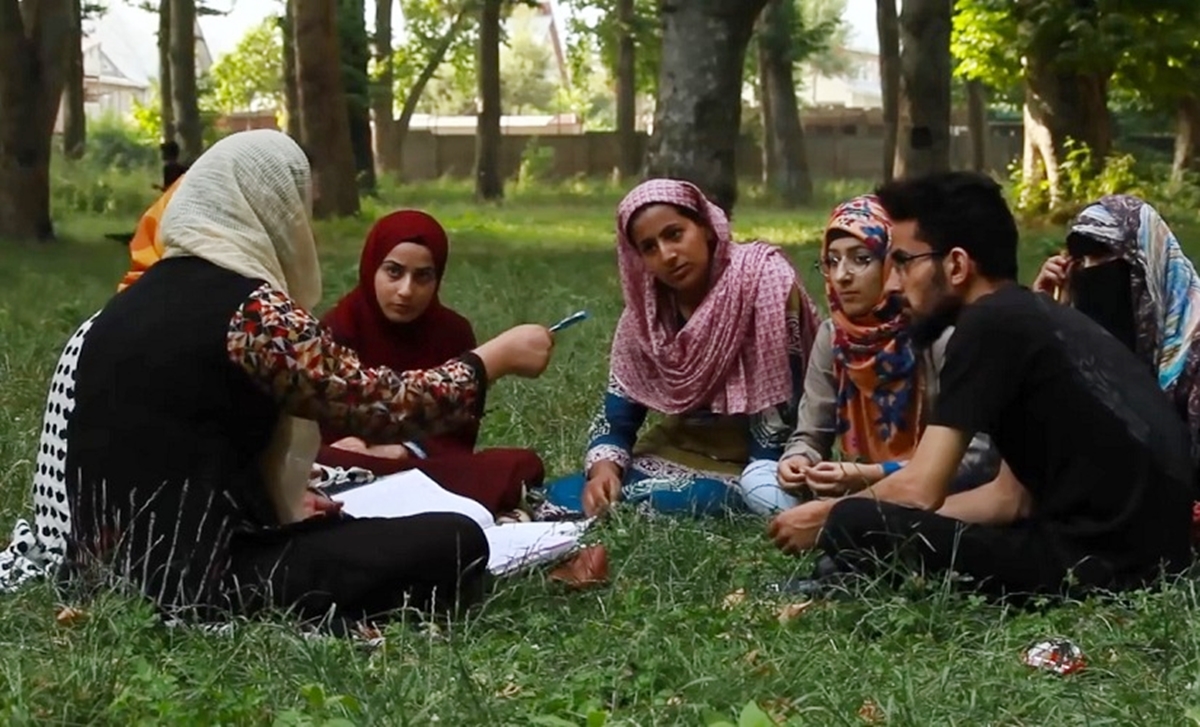As COVID-19 ravaged lifestyles and businesses worldwide through most of 2020, parents, like the rest of us, were pushed indoors,…
Login to Read!
This content is restricted to site members. If you are an existing user, please log in below. Or you can can create an account here.
